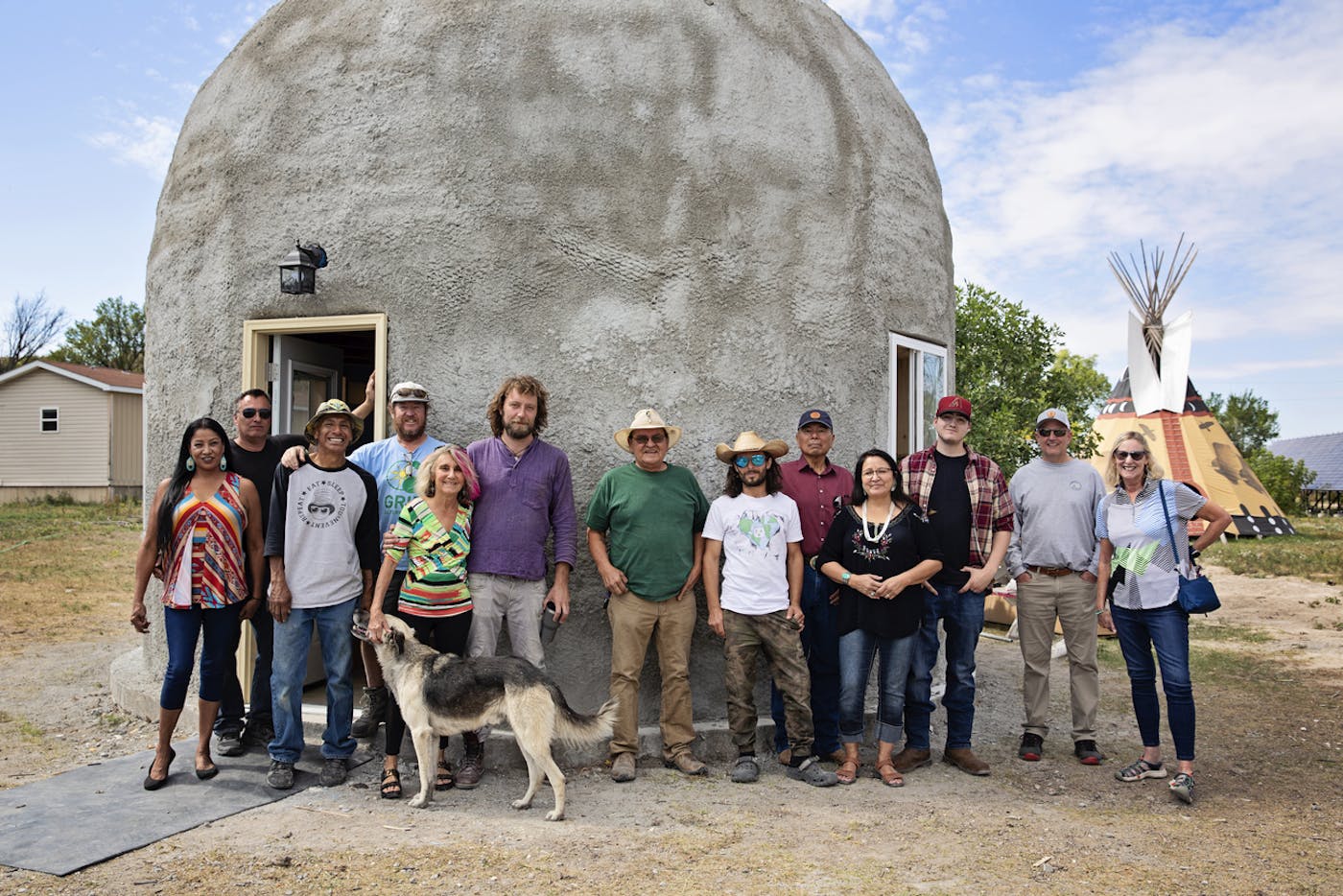Providing Shelter and Warmth to the Great Plains Tribes through a Novel, Sustainable Housing Technology
- Energy Transition
- Energy Efficiency
- Renewable Heat
- Solar Photovoltaic
- Indigenous Tenure
- Sustainable Livelihoods
- Great Plains
- Northern America Realm
| Bioregion | Southern Prairie Mixed Grasslands (NA20) |
| Category | Energy Transition Our project categories represent one of three core solutions pathways to solving climate change. Energy Transition focuses on renewable energy access and energy efficiency. Nature Conservation includes wildlife habitat protection and ecosystem restoration, as well as Indigenous land rights. Regenerative Agriculture supports farmers, ranchers, and community agriculture. |
| Realm | Northern America The Project Marketplace is organized by the major terrestrial realms divided into 14 biogeographical regions – N. America, Subarctic America, C. America, S. America, Afrotropics, Indomalaya, Australasia, Oceania, Antarctica, and the Palearctic realm, which coincides with Eurasia and is divided into Subarctic, Western, Central, Eastern, and Southern regions. |
| Partner | InOurHands |
One Earth’s Project Marketplace funds on-the-ground climate solutions that are key to solving the climate crisis through three pillars of collective action — renewable energy, nature conservation, and regenerative agriculture.
The Oglala Lakota of Pine Ridge, and indeed the other peoples of the Great Plains Tribes, have endured a history of ongoing turmoil and persecution. Pine Ridge was the site of innumerable human tragedies, including the Massacre at Wounded Knee.
This injustice continues today as Pine Ridge is home to the poorest community in America, with 89% unemployment. Infant mortality is 300 times the US average, and half of the adults under 40 have diabetes. Tribal enrollment is 46,855, yet Pine Ridge has a housing stock of just over 1,000 homes, many of which are inefficient. This requires burning large amounts of trees and fossil fuel for merely a semblance of warmth, with home propane bills averaging $600-700 per month.
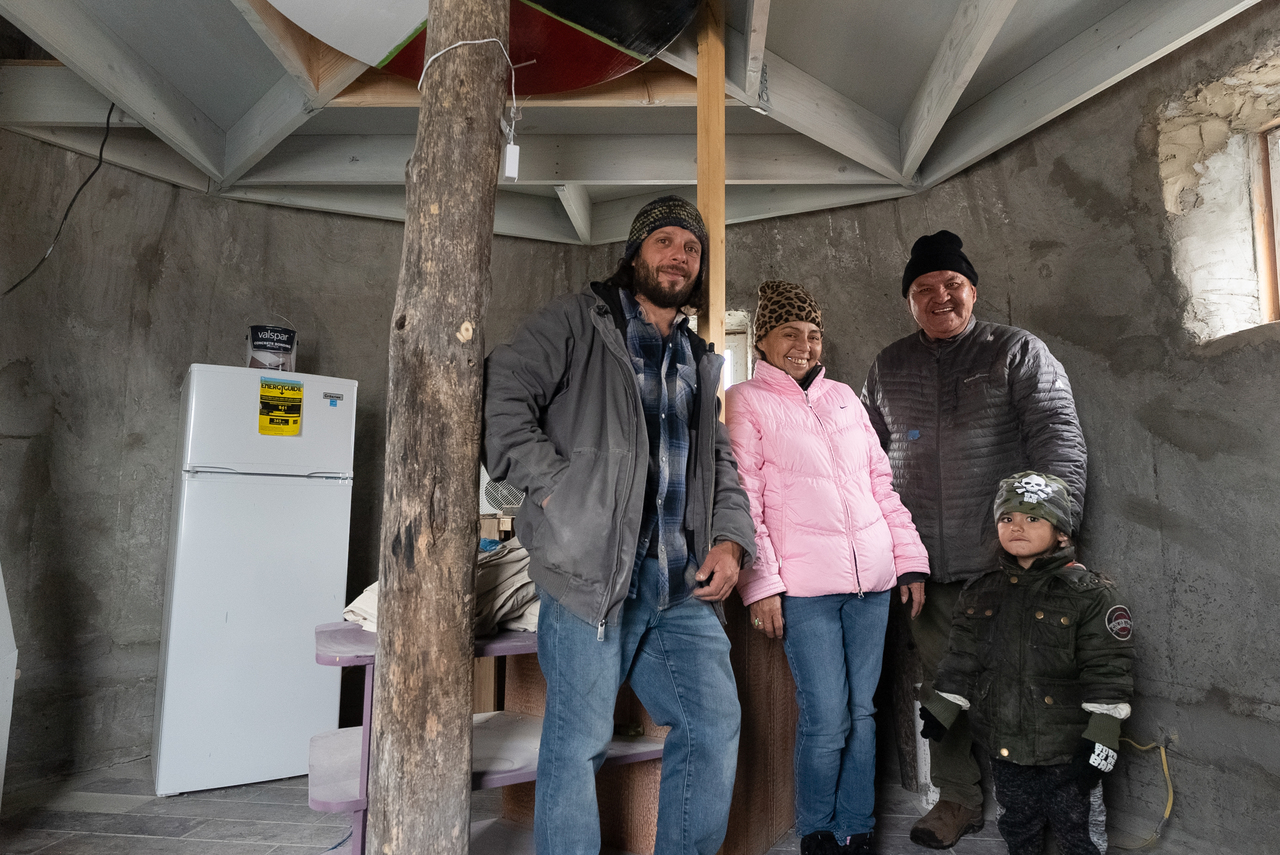
Jason Mackie, Gloria Rayes Red Cloud, Chief Henry Red Cloud and their grandson in the pilot dome on Pine Ridge during interior construction. Image credit: Courtesy of InOurHands
Despite this history and current situation, the people of Pine Ridge cultivate and retain a philosophy and spirituality of harmony and peace with the land, rooted in fundamental principles of human kindness. These communities' chiefs, elders, and healers carry unique authority, and their voices resonate worldwide. Advocating for them as they advocate for Earth is an extraordinary opportunity.
With funding, InOurHands aims to house the people of Pine Ridge, help address local problems, and thus amplify the voices of a community that has already produced some of the world’s most influential climate advocates.
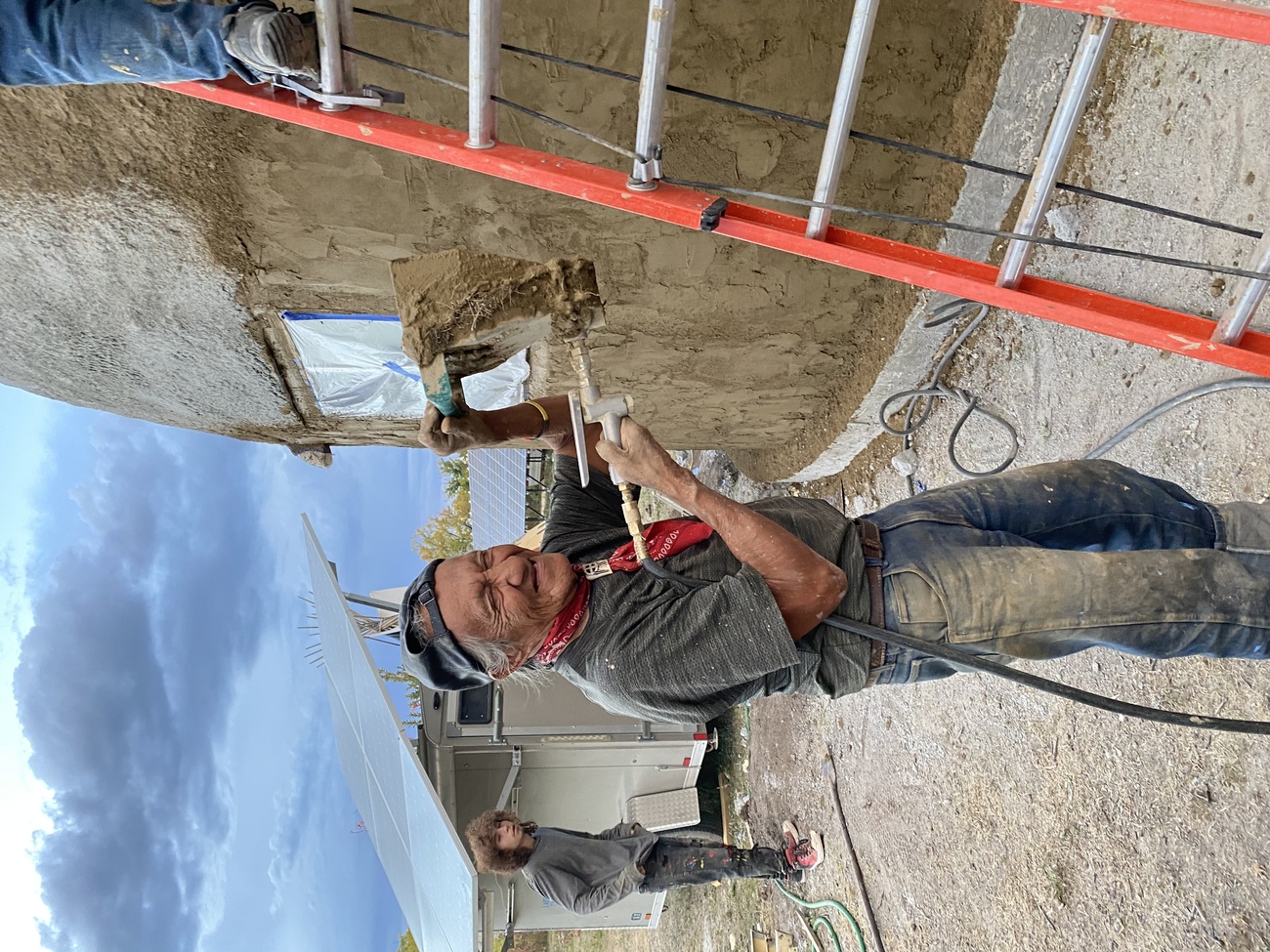
Image credit: Courtesy of InOurHands
Thiyúha is a Lakota verb meaning “To have a household, to form a family, to settle down and have a home.” The Lakota Thiyúha Project is a broad initiative of InOurHands and Tribal Partners to address housing instability on the reservations of Western South Dakota. This is the culmination of a personal challenge put forth by Chief Henry Red Cloud to the InOurHands crew to fulfill his lifelong dream of devising novel housing technology capable of enduring the myriad climatic difficulties of life on Pine Ridge; inexpensive enough to meet the scale of the problem, and sufficiently well-built to provide families with a true foundation.
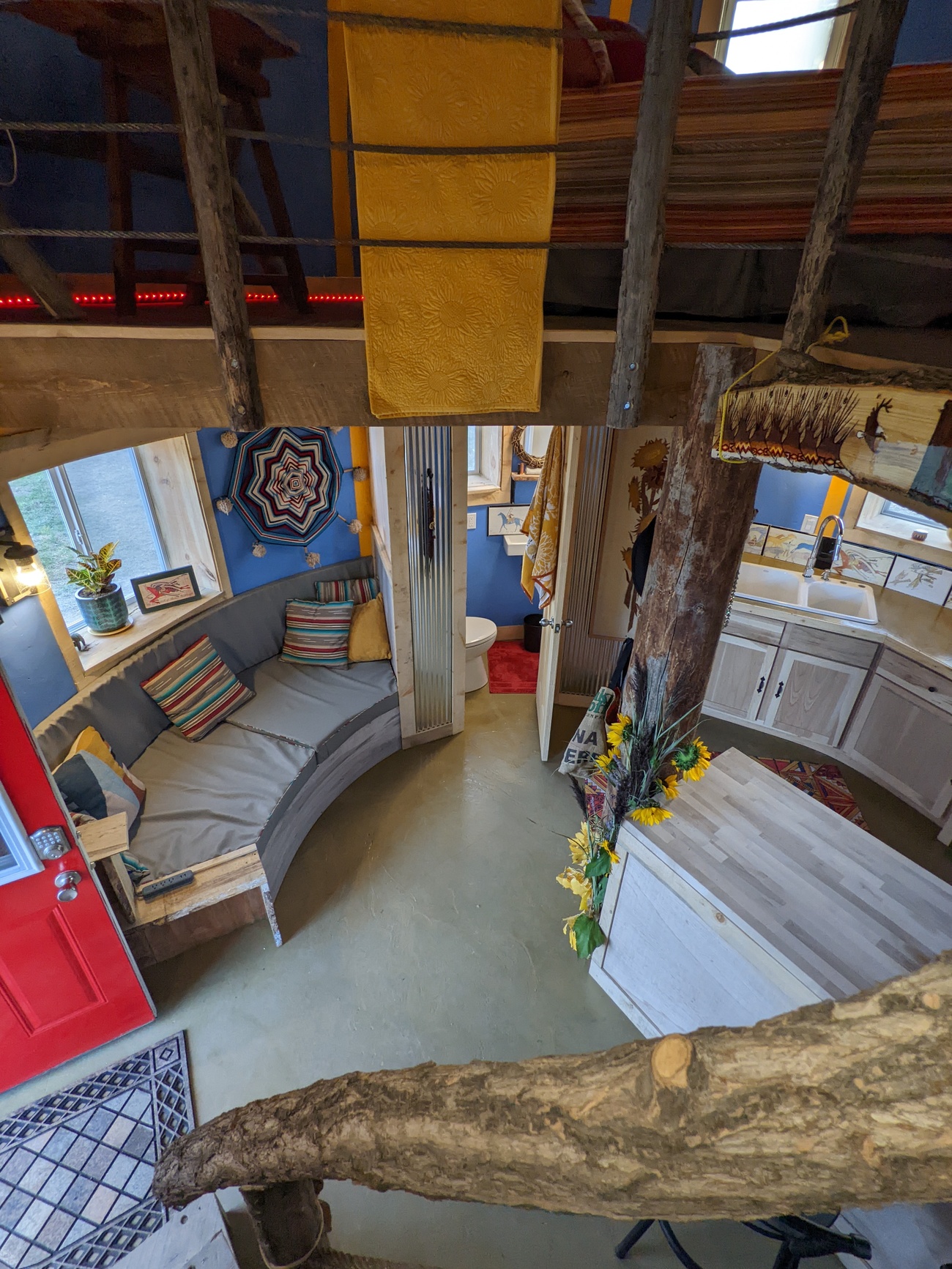
Image credit: Courtesy of InOurHands
Henry’s challenge of a home that can provide stability, warmth, and pride is being met and exceeded with cellular concrete domes that offer warmth in the biting cold, cool in the blazing heat, and are proven to be tornado and pest proof. The structural material is composed of 20% cement and 80% air, which in its liquid form is poured between two nested forms supported by air pressure. Once the structure has hardened, the forms are removed and re-used, making the method a zero-waste construction technique. Clean energy needs will be supplied by solar panels.
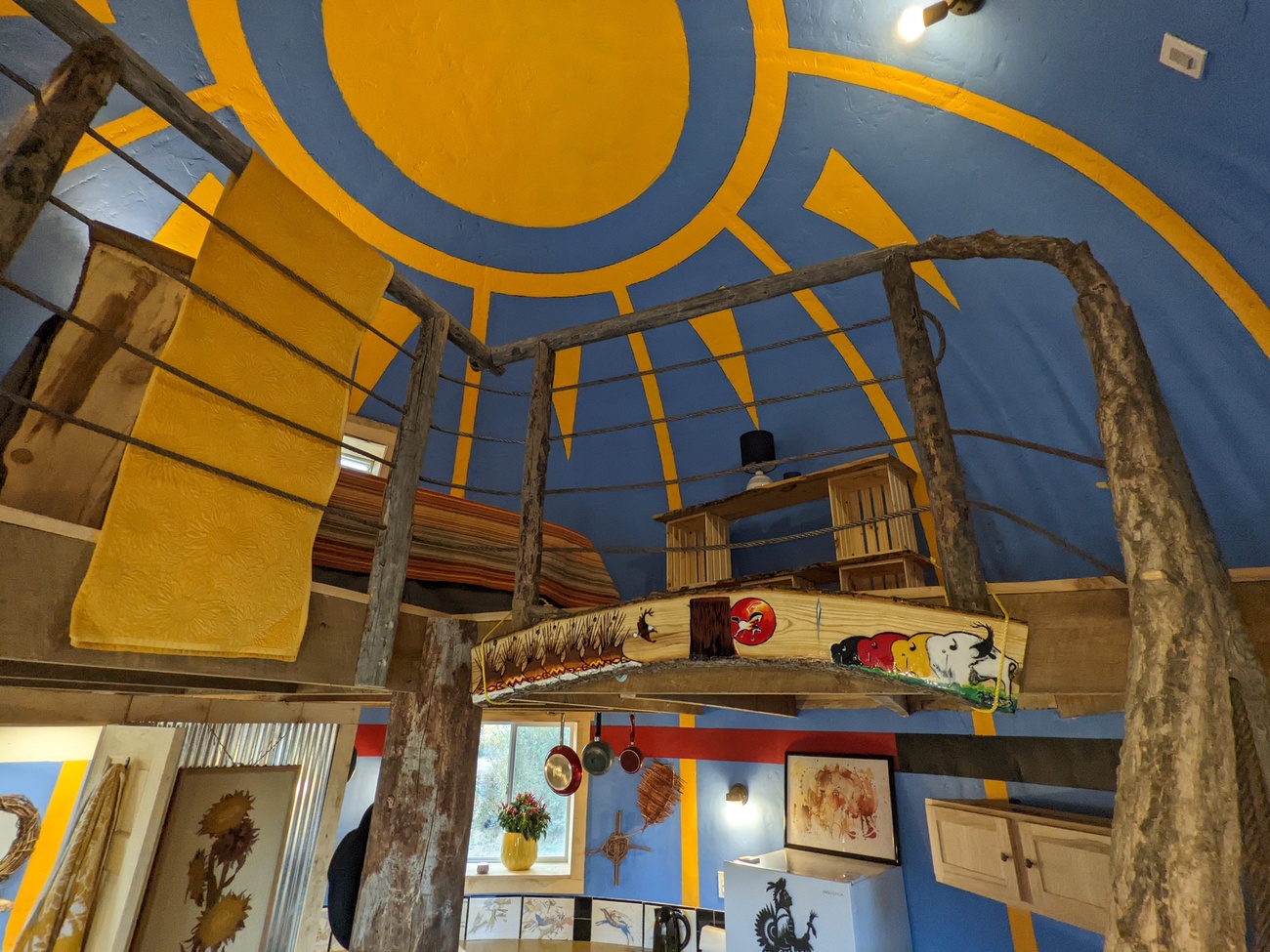
Finished Interior of the pilot dome on pine ridge. Image credit: Courtesy of InOurHands
For green technology to scale quickly enough, it must produce a quality product with a price tag an order of magnitude lower than comparable alternatives.InOurHands’ cellular concrete technology for the reservation is highly energy-efficient and produces an attractive home, but perhaps the most striking aspect is the cost. At scale, the project structure is estimated to cost around $4000 ($10/square foot), with a completed unit containing amenities estimated to cost around $15,000. Each unit is entirely monolithic and should last many decades.
The first phase of this project will result in the construction of 40 to 50 homes in 2022. Each home will house a single family or provide shelter for those without a home. After considering the carbon footprint of the materials used in construction, each home will save 100 metric tons of CO2 from being emitted every ten years. Subsequent phases will build many more houses, shelter many more people, and save additional greenhouse gas emissions.
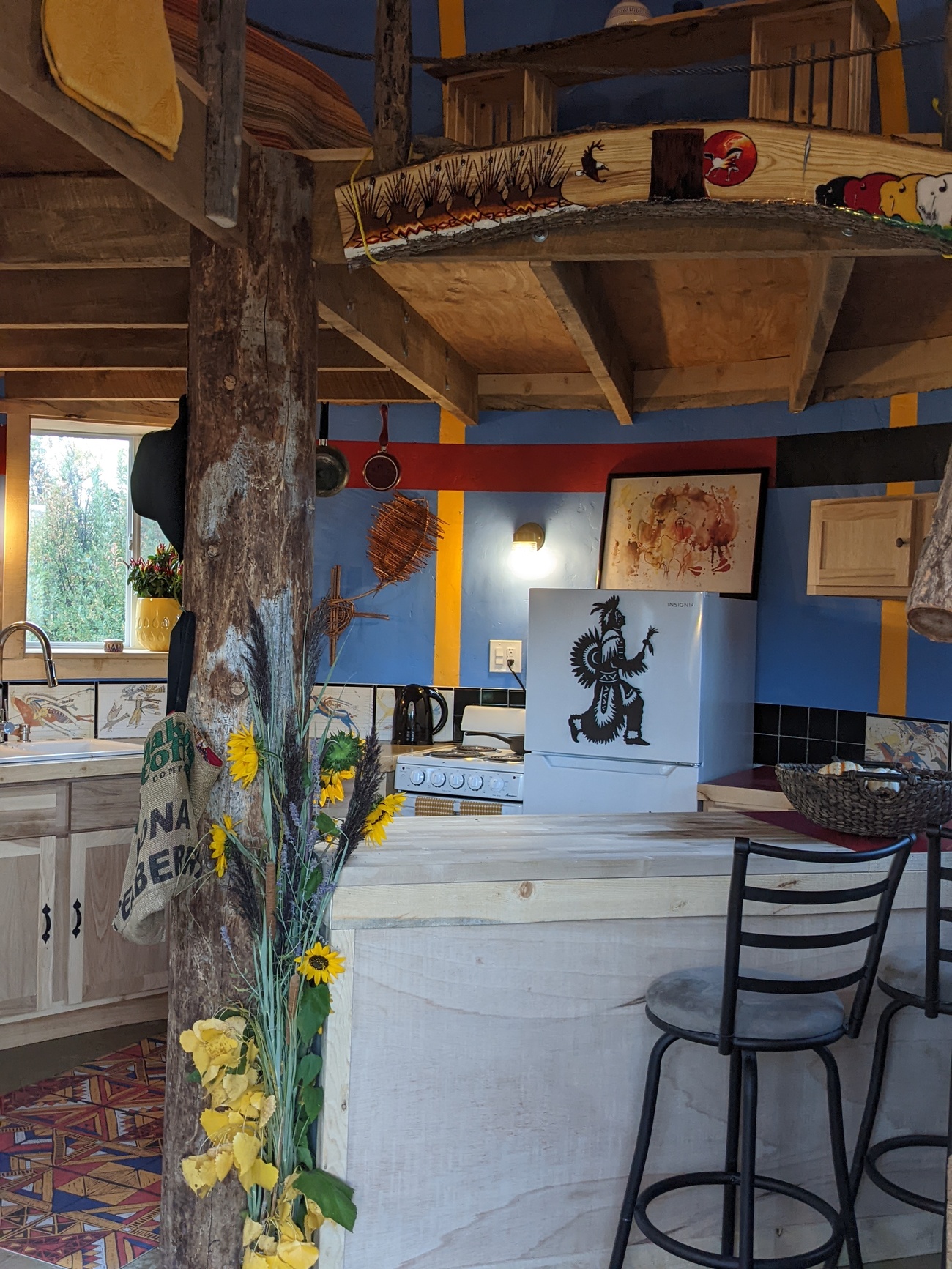
Image credit: Courtesy of InOurHands
Homes will be distributed in geographically diverse regions of the reservations to respected individuals who stand to reap the most immediate benefit and are also prepared to leverage that benefit for the larger benefit of their community. This way, maximum exposure is achieved amongst the tribes, and the groundwork is laid for subsequent years.
With a previous grant of $180,000, the project has already secured the required industrial equipment to build the homes. The project is being undertaken in partnership with Red Cloud Renewable (RCR), a 501(c)3 based on Pine Ridge. RCR will provide logistics and acquisition of materials on the reservation and foster cultural adoption. With the addition of RCR’s solar panels, supplementary heat should not be required in the domes, which are expected to be carbon negative in 2 years or less.
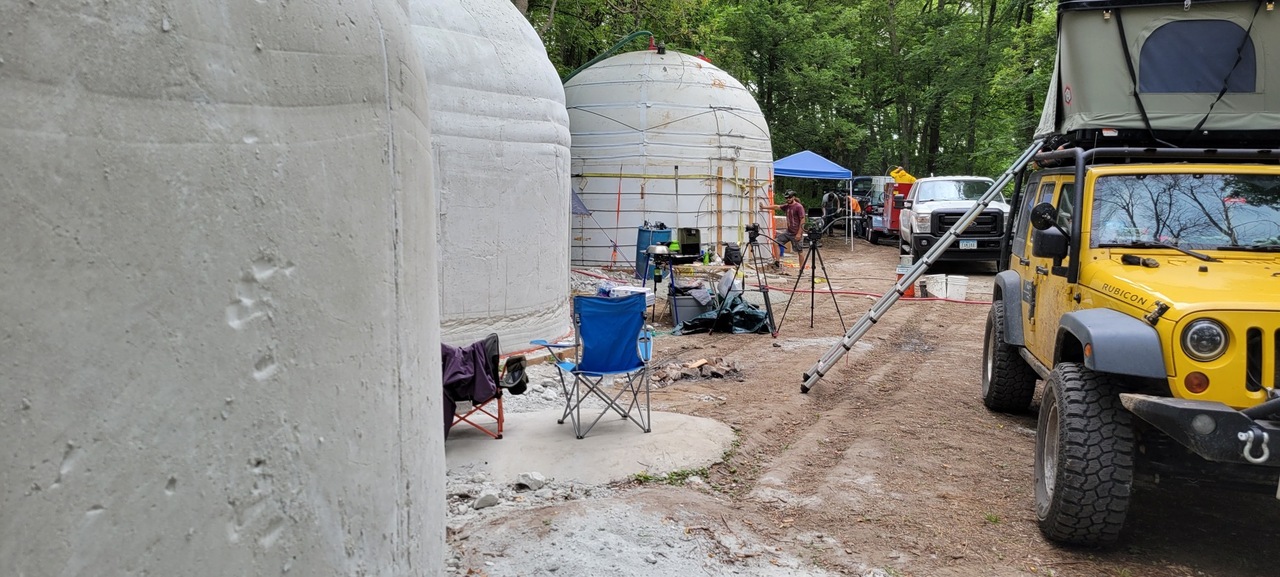
Three test domes built in Iowa. All three withstood a direct hit from a tornado. Image credit: Courtesy of InOurHands
Further funding will hire and train eight to ten members of the Plains Tribes, who, in subsequent phases, run their individual home-building teams. The project has already secured several strategic partners in the industry who comprise a robust supply chain.
There is a great deal of excitement on the reservation around this work. Many elders and leaders stand ready to support it in any way they can. Building low-cost homes that are environmentally clean can allow the Plains Tribes to completely re-house themselves.

Image credit: Courtesy of InOurHands
The long-term aspiration of the project is to scale this type of housing to marginalized and poor communities worldwide and, in so doing, have a tangible impact on the carbon crisis. The ability to house thousands and thousands of people in warmth, comfort, and basic stability, all while lowering each person’s impact on the planet, is a vast and exciting undertaking.
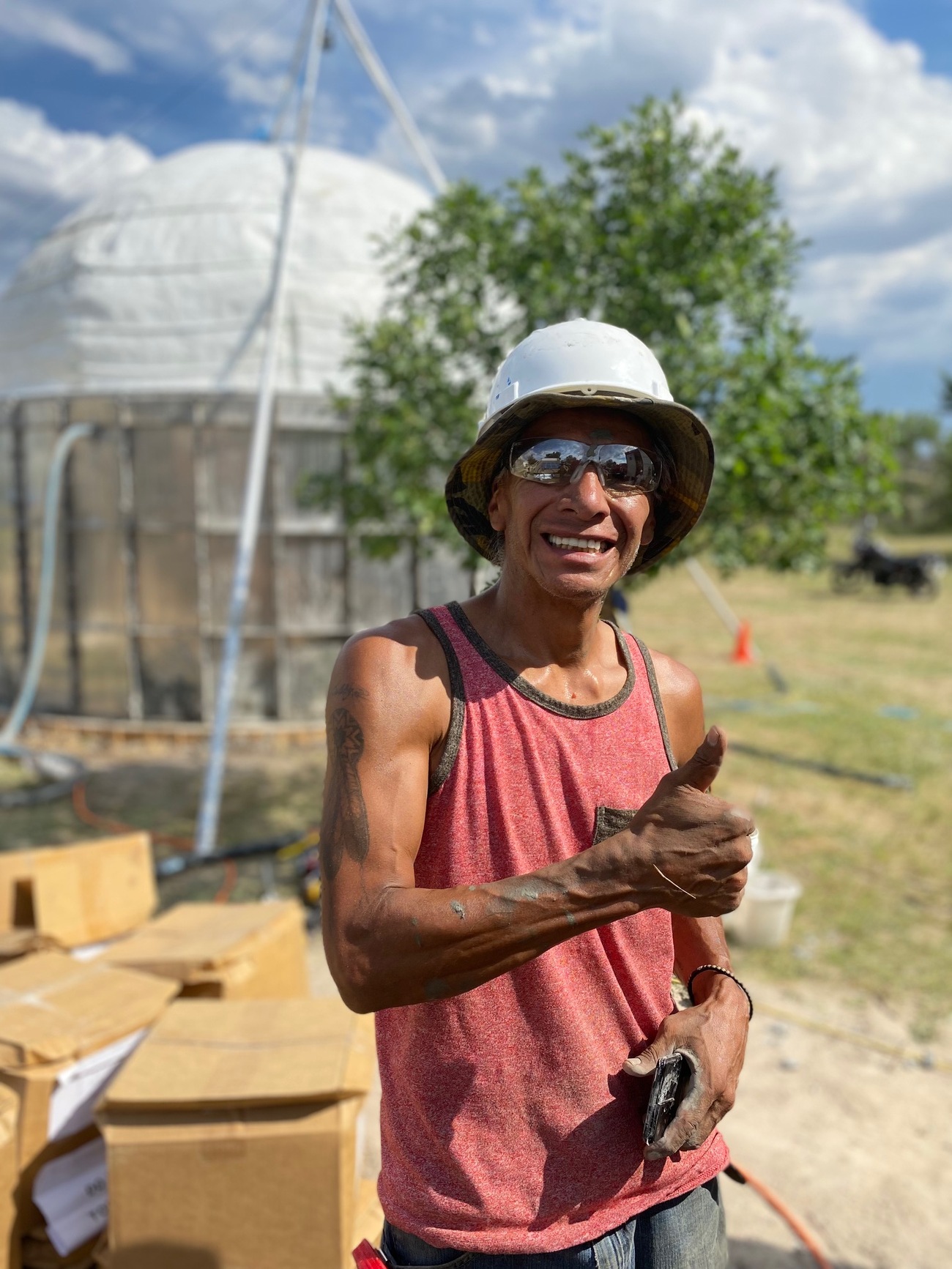
Image credit: Courtesy of InOurHands
Stability is precisely the aim of this project for Native people to live in harmony with the land, more effectively advocate for themselves, amplify their voices, and articulate their philosophy, which benefits us all.
